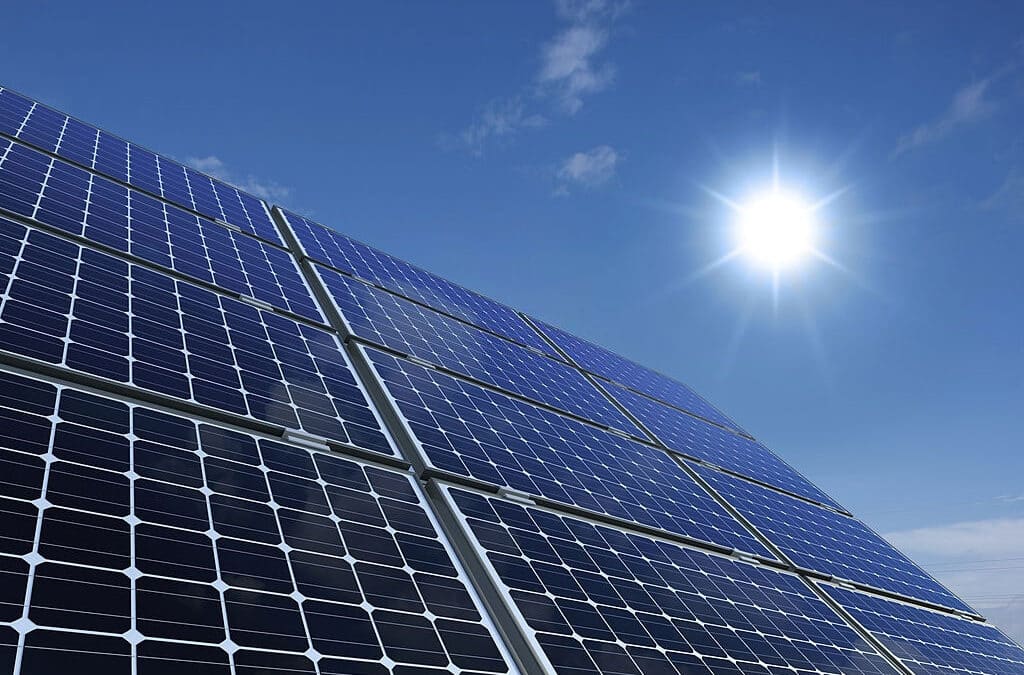There are so many factors involved in the actual residential solar installation, however, the key components of such a system comprising:
Solar photovoltaic (PV) panels, which use sunlight energy to produce electricity. The solar panels are then connected either to an inverter or to multiple microinverters. An inverter alters the direct current produced by the PV cells into an alternating current (AC). The AC is then routed to the different mains connections.
Residential solar system installation can be done to provide affordable energy for your home. You need to be aware that while the initial costs are low when compared with other options, it will take some time before you start to see the savings in your electricity bills. The best way to start is to have your system installed on your roof. This offers you the greatest long term benefit since the sun’s energy will be constantly available. Plus, there are no weather conditions that can affect the efficiency of your residential solar system.
However, if your roof is not in good condition it would be wise to have the installation done on the ground which will save you the most money. The reason why is because ground installation is easier and takes less time than roof installation. The number of advantages you get from having your PV panels and micro inverters installed on the roof are twofold. First, when the sun sets, you will still be able to have electricity which is stored in deep cell batteries. This enables you to have power for all your lights, appliances, and gaming systems without any interruptions. Plus, the constant direct exposure to sunlight will actually reduce the overall temperature of your home which is always a plus.
Second, the constant direct exposure to sunlight also reduces the chances of inclement weather which will reduce the need for your utility company. This is because there will be fewer cloudy days and rain. With regards to battery storage, most PV systems have the ability to store excess energy during daylight hours so that you can use it when it is dark outside. Of course, you can also have battery storage which is used during the day as well.
The advantages mentioned above should help you understand why it makes sense to have your residential solar installations captured by the incentives being offered by your utility company. Incentives work in such a way that they are designed to reward certain behaviors. For example, you can get additional rebates for installing energy-efficient windows or for using energy-efficient appliances and tracking equipment. This is done both to reward your behavior and to encourage you to continue with this behavior.
So how exactly does this incentive to work? The rebate is applied directly to the cost of the residential roofing system. The installer is paid the amount of the rebate when the residential roofing system is installed. This means that the installer will not make any money off of the installation – the money is actually going straight into the power system.
In order to benefit the most from incentives and rebates, you need to ensure that your residential solar installations come with the maximum amount of incentives and rebates. You can find out the rebates and incentives available with your utility by calling them. When looking at different incentives and rebates ensure that you find the largest one available with the lowest value. There are some rebates worth thousands of dollars. The key is to take advantage of all rebates and incentives available to you. The larger your installation volume, the more money you can save, and the more you can invest back into the power system.

